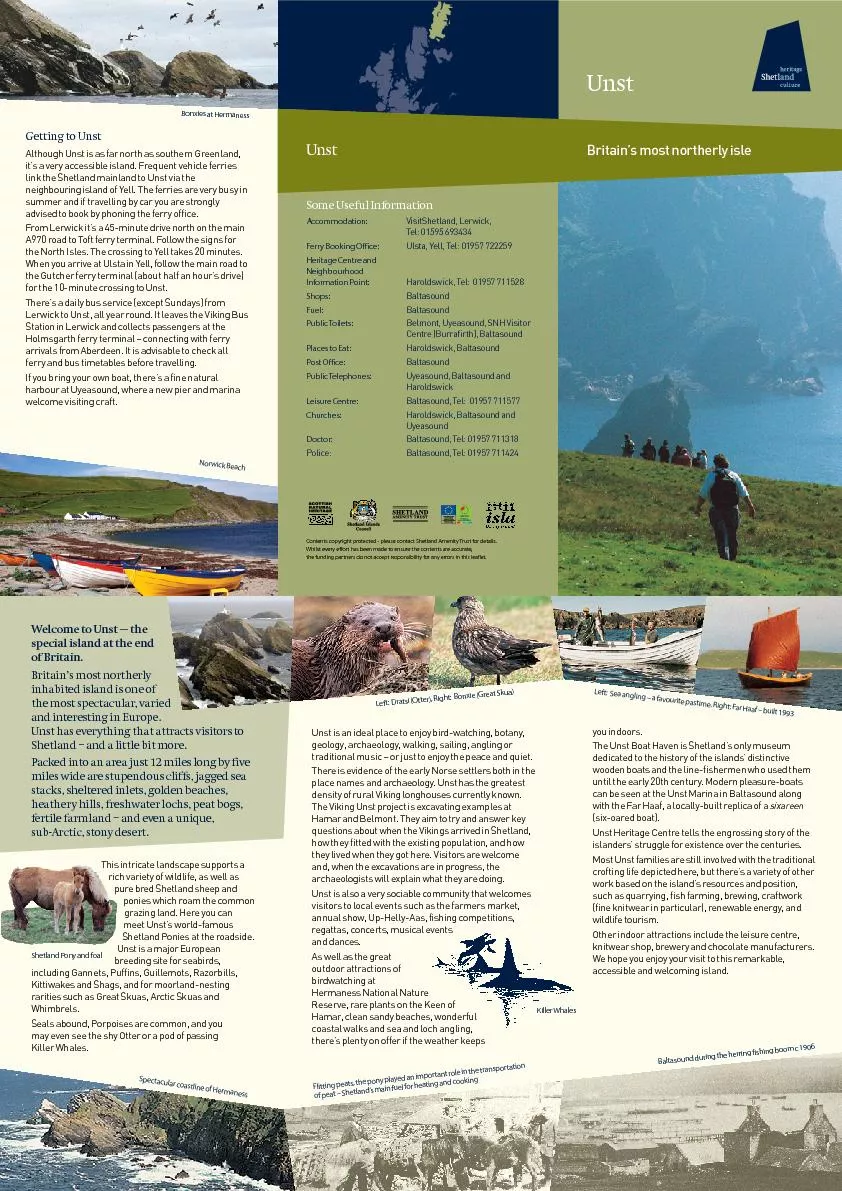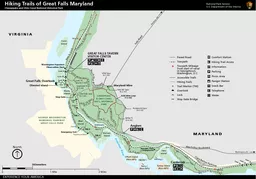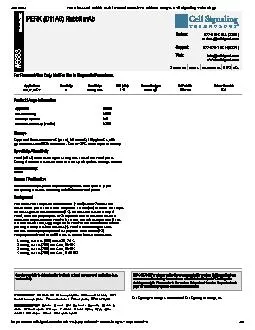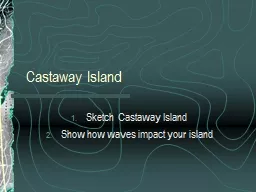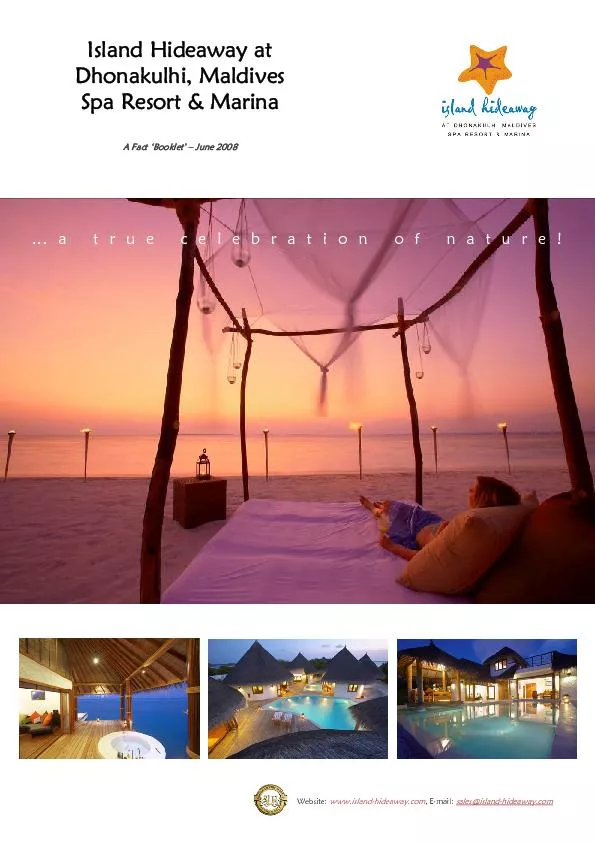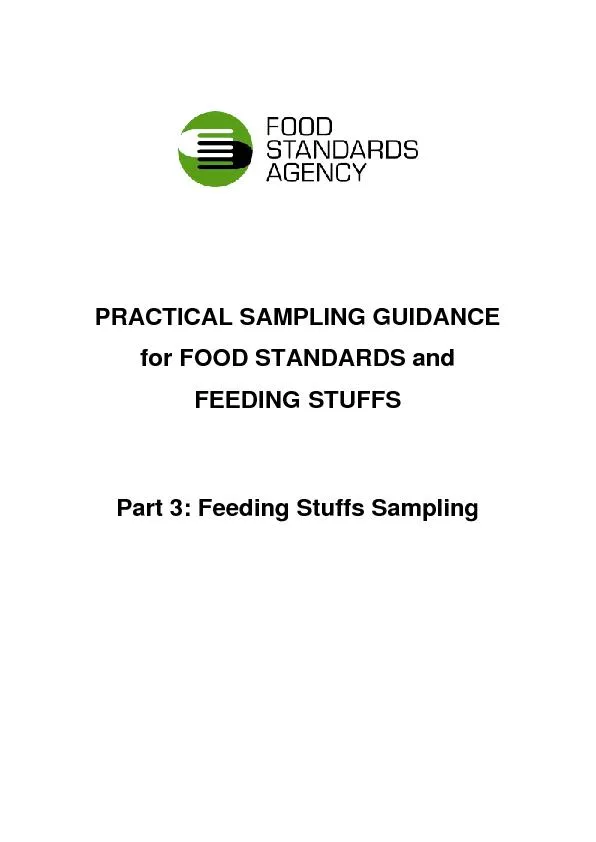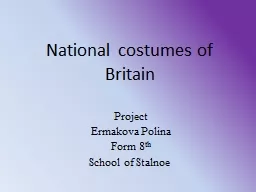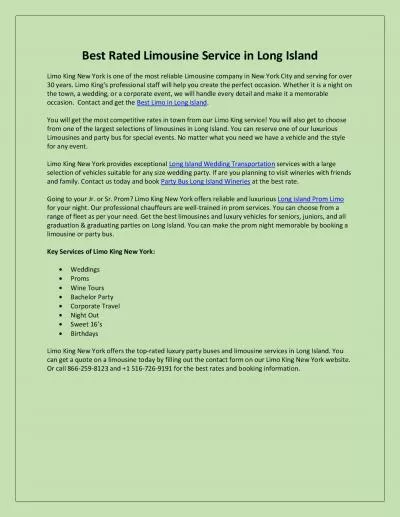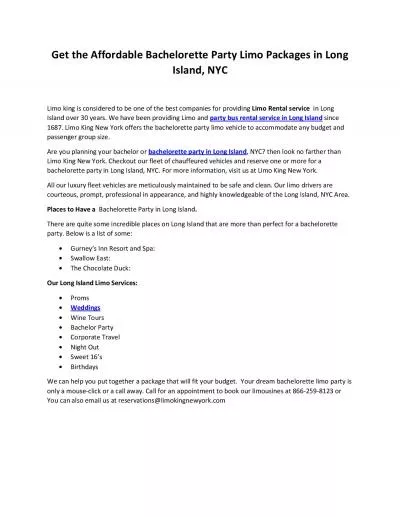PDF-Welcome to Unst — the special island at the end of Britain.Britai
Author : sherrill-nordquist | Published Date : 2016-07-01
you indoorsThe Unst Boat Haven is Shetland146s only museum dedicated to the history of the islands146 distinctive wooden boats and the linefishermen who used them
Presentation Embed Code
Download Presentation
Download Presentation The PPT/PDF document "Welcome to Unst — the special islan..." is the property of its rightful owner. Permission is granted to download and print the materials on this website for personal, non-commercial use only, and to display it on your personal computer provided you do not modify the materials and that you retain all copyright notices contained in the materials. By downloading content from our website, you accept the terms of this agreement.
Welcome to Unst — the special island at the end of Britain.Britai: Transcript
Download Rules Of Document
"Welcome to Unst — the special island at the end of Britain.Britai"The content belongs to its owner. You may download and print it for personal use, without modification, and keep all copyright notices. By downloading, you agree to these terms.
Related Documents

